-

+86-577-57156888
-

-

+86-577-57155869
-

11th Floor, Building 6, Headquarters Economic Park, Yueqing, Zhejiang, China
Applications Of External Bypass Soft Starters
Industry News-External bypass soft starters are widely used in industrial motor control systems where managing starting current and achieving smooth acceleration of motor-driven equipment is critical. While external bypass configurations provide flexibility and functionality for a variety of applications, especially when dealing with larger or more complex motor systems, many facilities also consider built-in bypass soft starters as an effective alternative. By reducing motor wear, both external and built-in bypass soft starters help improve operating life and efficiency.
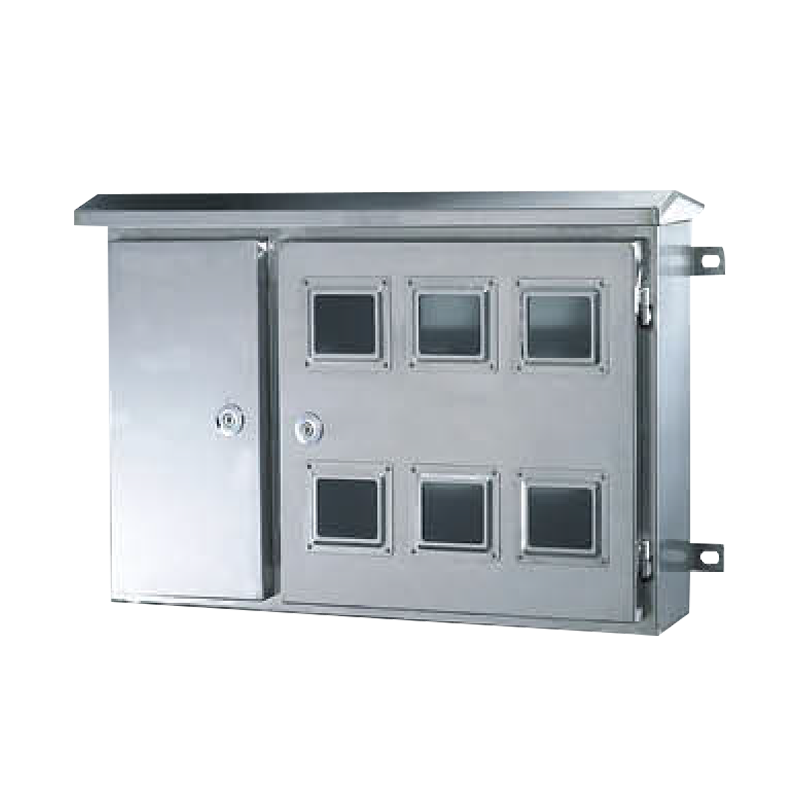
Versatility Across Industries
External bypass soft starters are suitable for applications that require heavy-duty motor starting. These systems are often used in industries such as manufacturing, water treatment, HVAC, and mining, which use large motors to drive pumps, compressors, conveyors, and other critical equipment.
For example, in water treatment facilities, external bypass soft starters are often integrated into the pump system. The soft starter provides a controlled, gradual start for the pump, preventing hydraulic shock and reducing the possibility of damage to the pump, motor, and other components. The external bypass function ensures that the bypass contactor can be operated externally when necessary, simplifying maintenance and more precisely controlling motor operation.
Similarly, in HVAC systems, where air handling units and chillers often require large motors, using an external bypass soft starter can help reduce inrush current at startup. This not only ensures a smoother start, but also reduces system electrical stress, extends motor life and reduces maintenance costs.
Cost-effective and space-saving
In large systems where cost and space are constrained, external bypass soft starters are often the first choice. Unlike built-in bypass soft starters, which integrate the soft starter and bypass contactor into one unit, external bypass starters offer greater flexibility in system design. This design allows for separate control and bypassing of the motor, allowing for more customization to specific needs.
One advantage of an external bypass soft starter is that it is more cost-effective when dealing with complex installations. While it may require additional mounting space and additional components such as bypass contactors, it provides a more scalable and adaptable solution. This is particularly beneficial for applications where future expansion or adjustments are expected.
In many large industrial environments, external bypass soft starters provide a practical solution that allows companies to optimize budget and space while ensuring that the system operates efficiently throughout its lifecycle.
Enhanced Control and Flexibility
One of the main reasons to choose an external bypass soft starter is the level of control it provides. Because the soft starter and bypass contactor are separate components, maintenance teams can troubleshoot and repair without disassembling the entire system. This modular design makes it easier to maintain and replace individual components, improving overall uptime and reducing the risk of system downtime.
For example, in the event that the bypass contactor or soft starter may need to be replaced, technicians can quickly isolate and replace the faulty component without affecting the entire system. This is especially helpful in critical systems where any downtime can result in serious interruption or loss of operations.
The additional control provided by an external bypass soft starter makes it a versatile choice for motor control in many different industries, providing superior management of motor starting and stopping while reducing electrical and mechanical stress on the system.
Integration with Other Systems
External bypass soft starters are also commonly used in systems that require integration with other motor protection or automation devices. These systems may contain variable frequency drives, overload protection, and programmable logic controllers that provide advanced monitoring and control of motor functions. Integrating external bypass soft starters with these components can improve system efficiency and performance.
By integrating external bypass soft starters into a wider motor control network, users can more precisely control motor operation while optimizing energy consumption.The adaptability of these starters makes them well-suited for complex systems that require seamless integration with other industrial components.
External bypass soft starters are a key component in motor control systems for industries that rely on large, complex motors.With their flexibility, cost-effectiveness, and enhanced control capabilities, these systems are well-suited for applications that require smooth motor starting, optimized space, and integration with other automation systems. Their ability to provide smoother operation while reducing mechanical wear ensures long-term cost savings, making them an integral part of modern industrial operations.
 English
English 中文简体
中文简体 عربى
عربى
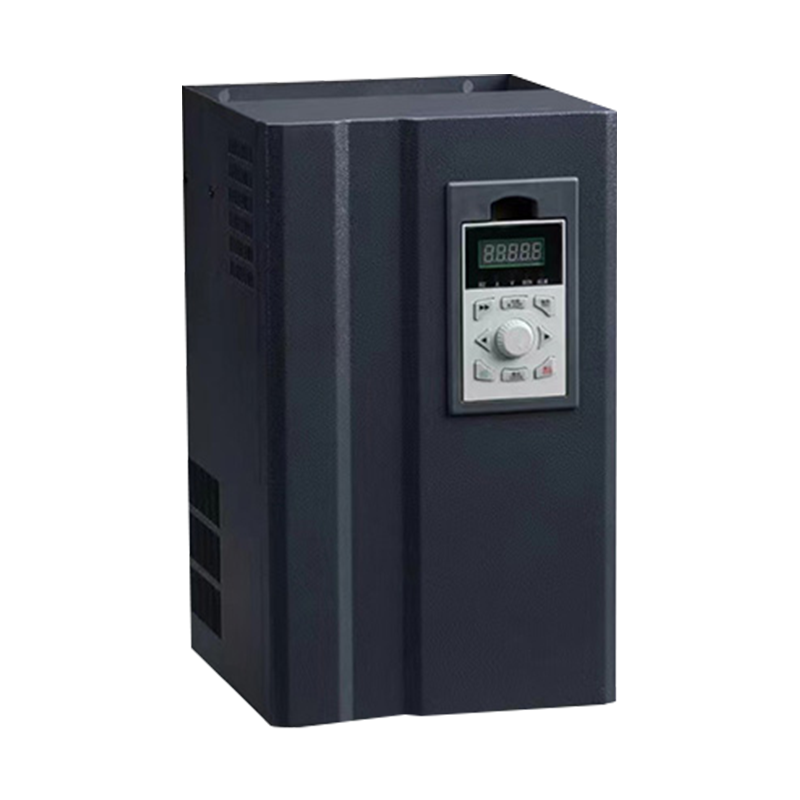
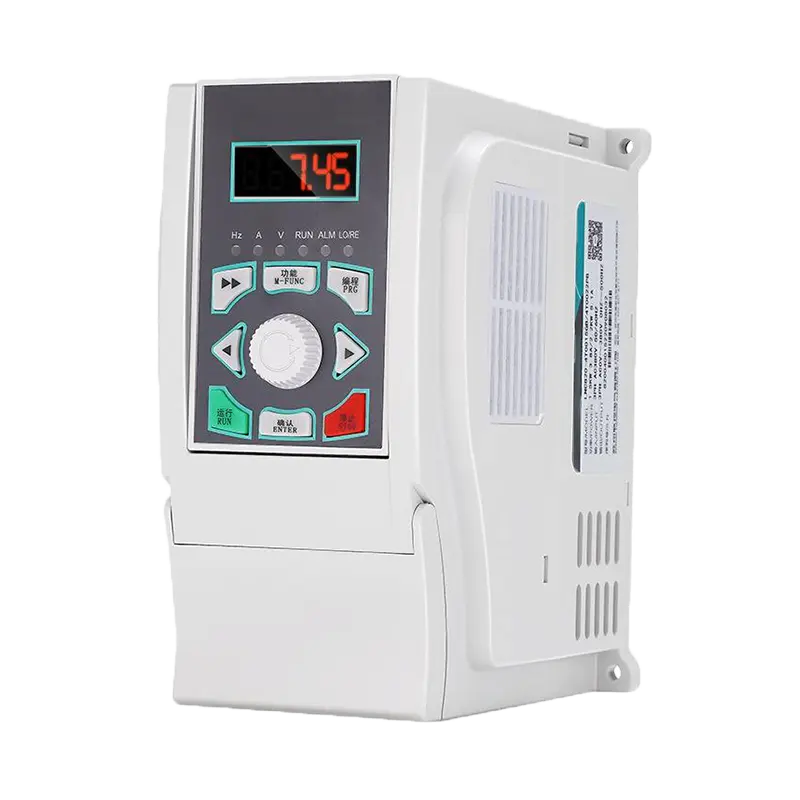
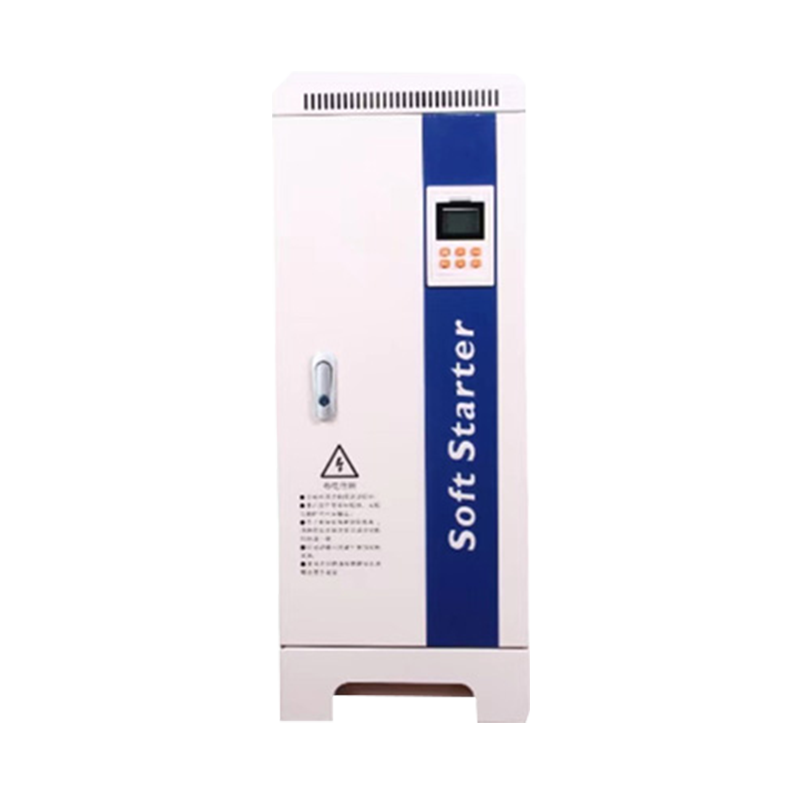


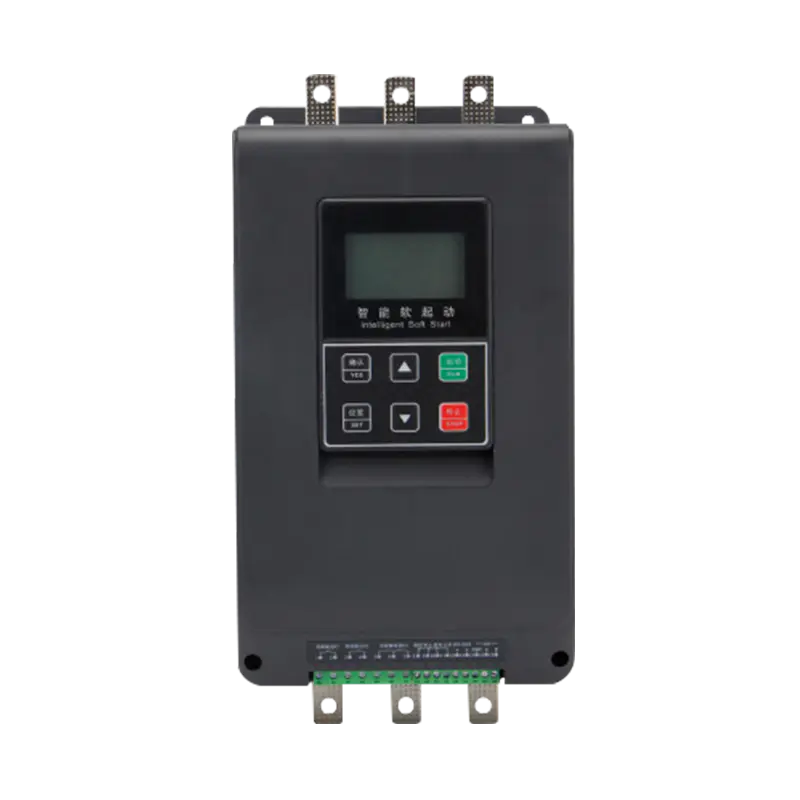

 浙公网安备33038202003754号
浙公网安备33038202003754号